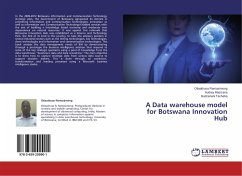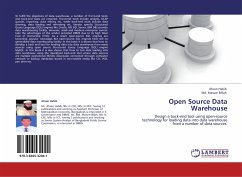The growth and development of universities, just as other organisations, depend on their abilities to strategically plan and implement development blueprints which are in line with their vision and mission statements. The actualizations of these statements -which are often abstracted into goals and sub-goals and linked to their respective actors -are better measured by defined key performance indicators (KPIs). And in universities that handle modestly large and heterogeneous data, development of data warehouse is important. For universities to have a data warehouse for monitoring its organisational KPIs using a Requirement Goal Analysis for Data Warehouse KPI (ReGADaK) approach which is an extension of goal-oriented requirement analysis and design (GRAnD). The schema in this book highlights the facts, dimensions, attributes and measures of university teaching and learning unit. The measures from the goal analysis of this unit serve as basis of developing the related university's KPIs.








